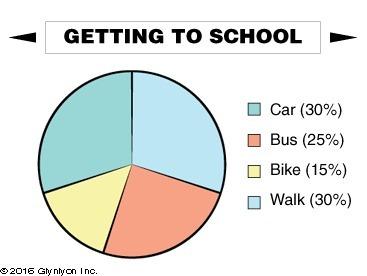
Mathematics, 26.09.2021 17:10, aceves5493
PLEASE HELP!
The vertices of ΔABC are A (1, 5), B (3, 9), and C (5, 3). The vertices of ΔDEF are D (−3, 3), E (−2, 5), and F (−1, 2). Which conclusion is true about the triangles?
The ratio of their corresponding sides is 1:3.
They are congruent by the definition of congruence in terms of rigid motions.
The ratio of their corresponding angles is 1:3.
They are similar by the definition of similarity in terms of a dilation.

Answers: 3
Other questions on the subject: Mathematics

Mathematics, 21.06.2019 15:30, lyndamahe0
Come up with a new linear function that has a slope that falls in the range 10 m − < < . choose two different initial values. for this new linear function, what happens to the function’s values after many iterations? are the function’s values getting close to a particular number in each case?
Answers: 1

Mathematics, 21.06.2019 21:40, kellyroy74
Drag the tiles to the correct boxes to complete the pairs. label each function. as even , odd, or neither.
Answers: 1

Mathematics, 21.06.2019 23:00, nataliemakin7123
Which rectangle if translated 6 units right and 16 units down and the rotated 90° clockwise about the point (4, -11) will result in rectangle e?
Answers: 2

Mathematics, 22.06.2019 00:30, dcttechgames
Simplify the given expression leaving the answer in improper fraction form. 2/3+5/6
Answers: 2
Do you know the correct answer?
PLEASE HELP!
The vertices of ΔABC are A (1, 5), B (3, 9), and C (5, 3). The vertices of ΔDEF are D...
Questions in other subjects:


Computers and Technology, 20.11.2020 01:00

Chemistry, 20.11.2020 01:00

English, 20.11.2020 01:00

Mathematics, 20.11.2020 01:00

Mathematics, 20.11.2020 01:00










